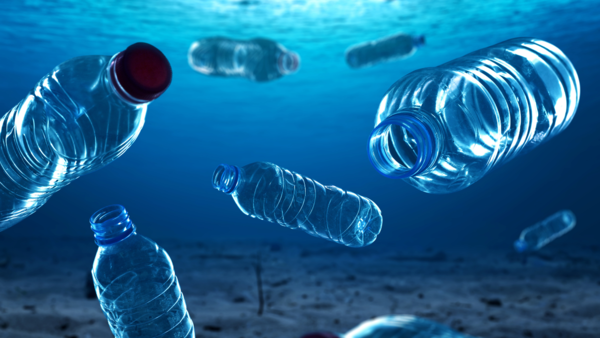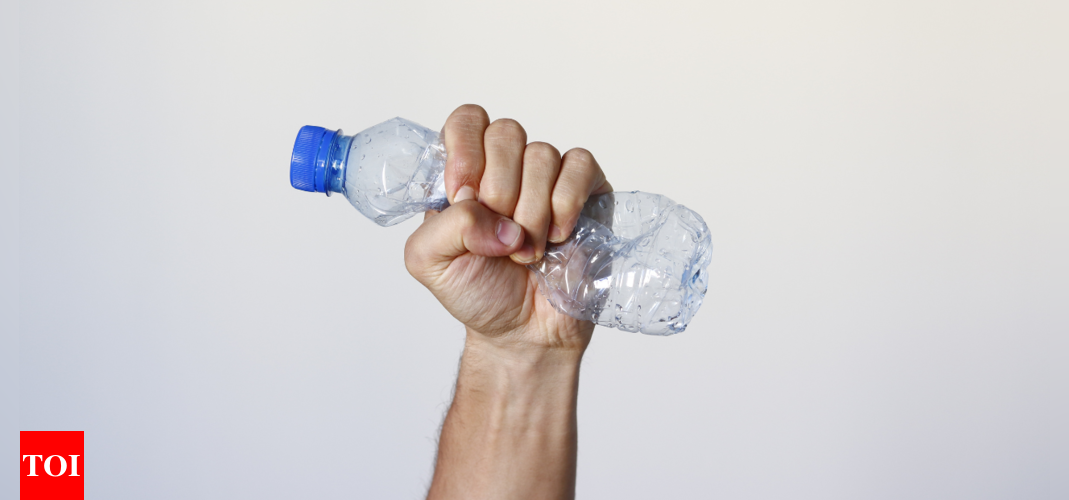The unseen impact of sipping water from plastic bottles
Are you guilty of buying plastic packaged water bottles on the go? Do you refill them and drink water or place them in the refrigerator? Here’s your sign to stop doing so. While convenient, these seemingly harmless vessels can harbor a sinister threat to our health and the environment. One concerning reality that often goes unnoticed is the presence of microplastics in our drinking water, especially when consumed from plastic bottles.
Microplastics, tiny particles less than 5 millimeters in size, have infiltrated our water sources through various means, including the breakdown of larger plastic debris, the shedding of microfibers from synthetic textiles, and the fragmentation of plastic bottles. Research has shown that these minuscule plastic particles are pervasive, contaminating not only our oceans but also our freshwater bodies and even the air we breathe.

How microplastics impact our health
When we sip water from plastic bottles, we unknowingly ingest these microplastics and the refreshing liquid. Studies have detected microplastic particles in bottled water samples from around the world, raising concerns about the potential health implications of this widespread contamination. Various chemicals have the ability to seep into our bodies from things like plastic bottles and dermatological products. Serious health problems like insulin resistance, weight gain, endocrine disruption, lowered reproductive health and even cancer have all been related to these chemicals.
While the long-term effects of consuming microplastics are still being studied, evidence suggests they may pose risks to human health, including inflammation, oxidative stress, and the potential to transfer harmful chemicals found in plastics.
What can we do to mitigate the impact of plastic bottles?
According to Eshanka Wahi, culinary nutritionist, holistic wellness coach, founder of Eat Clean with Eshanka, “Firstly, opt for reusable water bottles made from materials such as stainless steel, glass, or BPA-free plastic. Not only are these alternatives better for the environment, but they also help minimize our exposure to microplastics.”
“Secondly, invest in water filtration systems that can effectively remove contaminants, including microplastics, from tap water. While no filtration method is perfect, choosing systems with advanced filtration technologies can significantly reduce the presence of microplastics in drinking water,” she adds.
The takeaway
Lastly, the environmental impact of our plastic bottle habit cannot be overstated. Single-use plastic bottles contribute to pollution, harming marine life and ecosystems, and perpetuating the cycle of plastic waste. We must advocate for sustainable alternatives and educate others about the importance of reducing plastic consumption for both personal and planetary health. Support initiatives aimed at reducing plastic pollution by carrying your own water bottle made from safe materials everywhere you go. This will not only help reduce the pollution burden from the planet but also keep you away from many health dysfunctions.
Conquer your self-doubt: Sadhguru’s strategies to embrace your true potential



